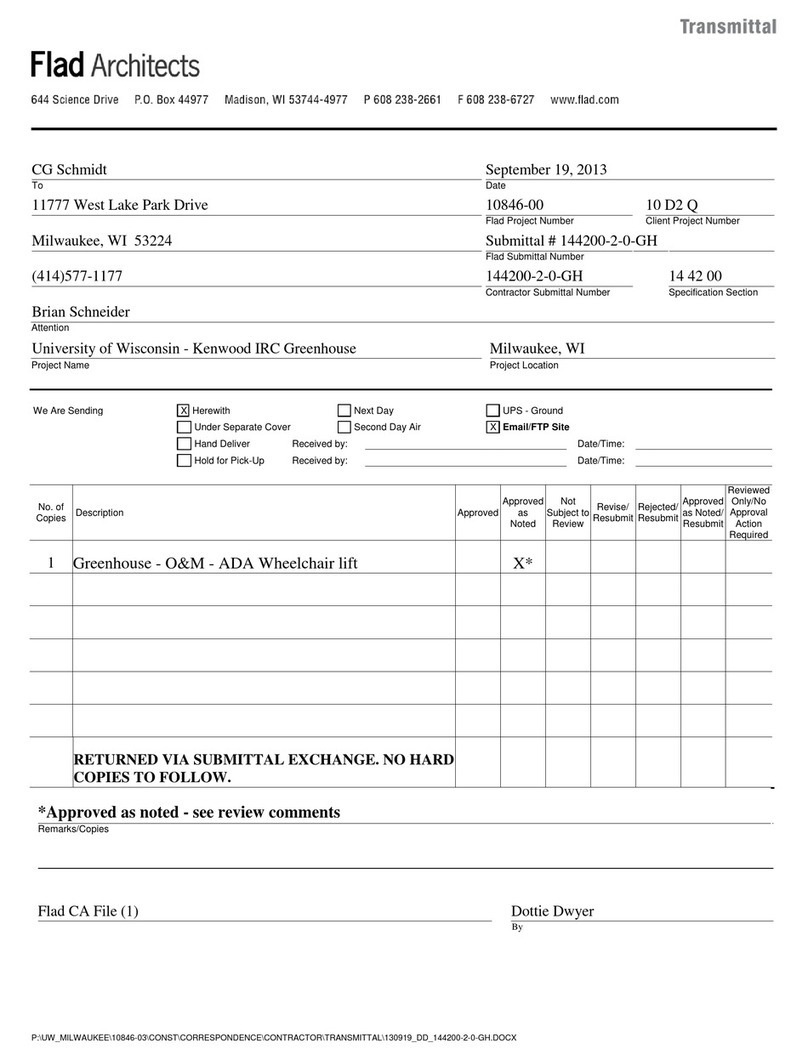
G
GS
SL
L
A
Ar
rt
ti
ir
ra
a
I
In
ns
st
ta
al
ll
la
at
ti
io
on
n
M
Ma
an
nu
ua
al
l
w
ww
ww
w.
.g
ga
ar
ra
av
ve
en
nt
ta
a.
.c
ca
a
G
GS
SL
L
A
Ar
rt
ti
ir
ra
a
I
In
ns
st
ta
al
ll
la
at
ti
io
on
n
M
Ma
an
nu
ua
al
l
-
-
6
6
-
-
2
20
00
04
4
G
Ga
ar
ra
av
ve
en
nt
ta
a
(
(C
Ca
an
na
ad
da
a)
)
L
Lt
td
d.
.
P
Pa
ar
rt
t
#
#
1
15
55
52
28
8
R
Re
ev
v
D
D
P
Pr
ri
in
nt
te
ed
d
i
in
n
C
Ca
an
na
ad
da
a
Before the Installation:
To save time and effort, it is wise to be properly prepared before you install a lift. The
following points will help you complete your installation on schedule.
Ensure that you have a complete tool kit. Refer to the list at the end of this Manual. You
must also know the equipment you are installing. Make sure that you have been training
to the appropriate level to ensure a safe and reliable installation. This manual, on it’s own
is not sufficient to complete an installation effectively.
Look in the sales information about the lift. Know all of the options that are supplied and
how they work. Pay particular attention to any options that may cause the lift to operate
automatically. These include some variations of Fire Service, Homing, or Self storage.
Always ask about the options supplied with your lift. You may also contact Garaventa
Technical Support if you need more information. Be sure to have the Lift Serial number
handy when you call.
Check the packages for shipping damage and missing parts before you bring the lift to
the site. Also ensure that the serial numbers on the packages are the same as the serial
numbers on the packing list.
Open the installation package, which is in the box of fasteners on GSL Artira lifts. Review
the enclosed Installation Note(s), if supplied.
Contact the facility and arrange a time for installation. Ensure that the new lift owner is
aware of your plans and that the mains power will be supplied on time. Schedule a time
for the inspection, preferably several days after the installation. It is wise to have extra
time in case a problem is encountered during the installation.
Figure 1. Check the contents of
all packages against the packing
list.
Note: You will have to refer to the
reference guide in Appendix F at
the back of this Manual for the
correct mounting Hardware.
If boxes are damaged, check for
missing parts.




























